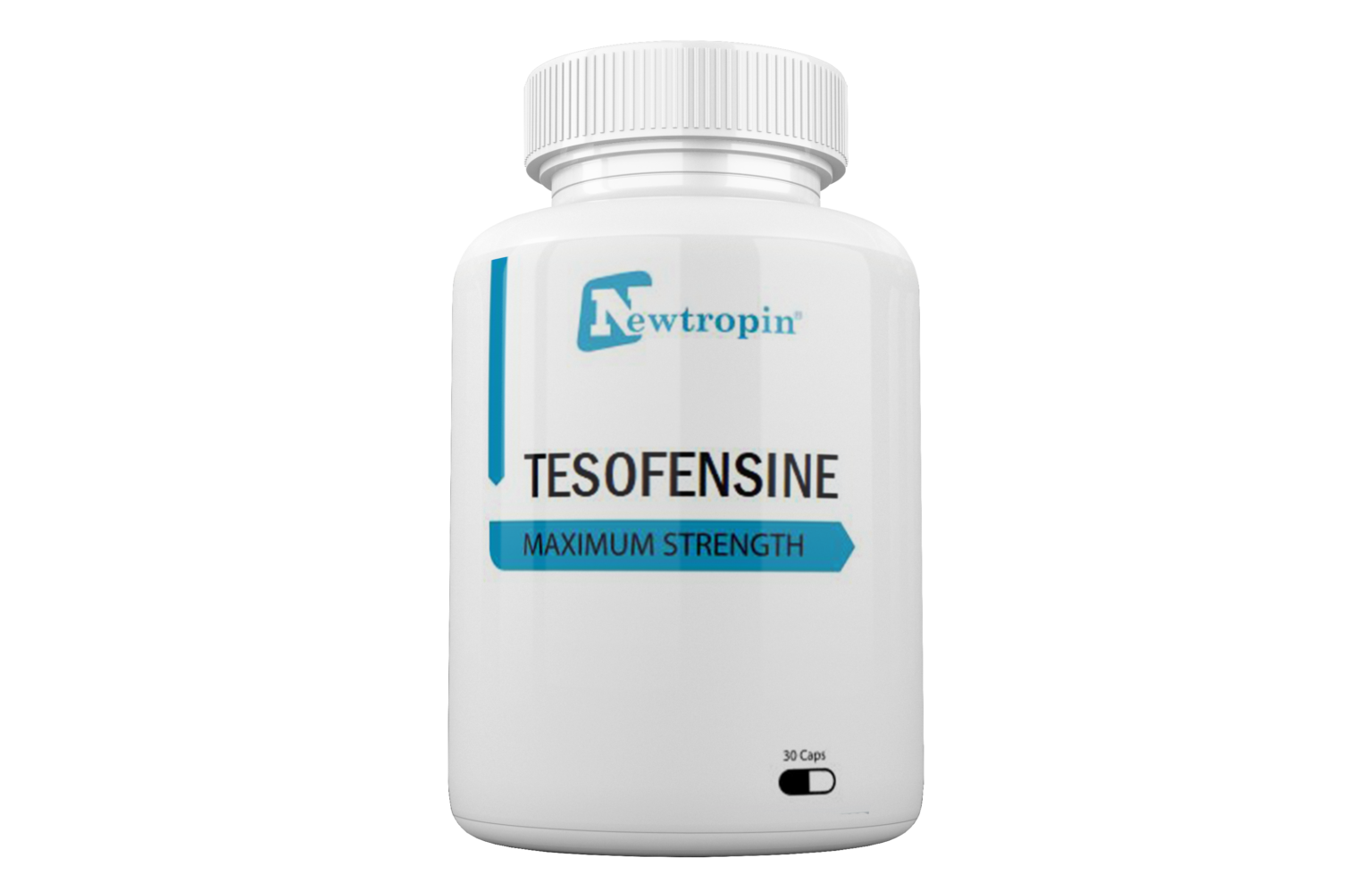
September 5, 2024
Anti-obesity Medicine Exploration: Advances And Obstacles Nature Examines Medicine Exploration

What is the future anti weight problems medicine?
Semaglutide 2.4 mg when weekly, a subcutaneously administered GLP-1 RA authorized for weight problems treatment in 2021, results in 15-17% mean fat burning (WL) with proof of cardioprotection. Oral GLP-1 RA are also under advancement and very early data reveals comparable WL efficiency to semaglutide 2.4 mg.

Are There Adverse Effects To Tesofensine Peptide?
These searchings for recommend that tesofensine may be an appealing new restorative representative https://us-southeast-1.linodeobjects.com/pharma-warehousing/Telemedicine-pharmaceuticals/product-strategy/tesofensine-a-br.html to deal with excessive weight. Notably, phase II outcomes for two unimolecular, long-acting GIPR/GLP1R co-agonists have actually been reported. The very first, NN9709 (previously MAR709 and RG7697) (Table 2), is matched for once-daily subcutaneous injection and demonstrates well balanced high strength at human GLP1R and GIPR193.Activators Of Lipid And Basal Metabolism In Medication Advancement
Liraglutide is a lot more steady in plasma and highly binds to the plasma healthy proteins, thereby having a longer half-life (13 h) than the human endogenous GLP-1 (a few minutes) [10] On the other hand, at a reduced dosage of tesofensine (2 mg/kg) caused little or no forward mobility (Fig 7A). Rats spent even more time in a quiet-awake state (S5 Video) than in a sleep setting (Fig 7B, S6 Video Clip), and head weaving stereotypy was identified in only one rat and for a short period (Fig 7C; day 3, S7 Video). Prior to this (given that 2010), liraglutide was made use of as a subcutaneous shot for therapy of T2D in everyday dosages of up to 1.8 mg, showing a reduced incidence of significant negative cardiovascular occasions compared to finest standard of treatment in the LEADER trial76. The most common issues in patients treated with subcutaneous liraglutide 1.8 mg are intestinal side effects including queasiness, diarrhea, vomiting and constipation77. The more recently FDA-approved semaglutide at a dosage of 2.4 mg lowers mean body weight to ~ 15% after 68 weeks of therapy (relative to ~ 2.4% in placebo controls) 38. The medication is generally well tolerated although the common GLP1-related damaging effects (primarily nausea, diarrhea, throwing up and irregularity) still prevail38. Tesofensine 0.5 mg/day and 1 mg/day taken by mouth produced a fat burning of 9.2% and 10.6% specifically in 24 weeks. One of the most typical adverse events resulting from tesofensine treatment were of gastrointestinal origins and were mainly reported in the 1 mg team.- Our outcomes suggest that tesofensine at healing doses does not show strong dopamine activity, as shown by the absence of head weaving stereotypies.
- The central nervous system replies to a suppression of hunger and food consumption by decreasing energy expense which is counteractive to causing weight-loss.
- Pragmatically, carbohydrate limitation would certainly appear to be the most basic way to minimize insulin secretion, although evidence to this strategy is usually doing not have and in general food consumption does not appear to be substantially changed in hypothalamic weight problems (45-- 47).
- Topiramate, a sulfamate derivative of fructose, is accepted for thetreatment of epilepsy and migraine headache prophylaxis.
- The number of sets at the elbow factor suggested a suggested number, showing an equilibrium in between a low intra-ensemble range and a high number of ensembles.
- In the interesting and relentless search for improved anti-obesity medicines a wide variety of representatives are and will be under scrutiny as kept in mind in Table 27.
Onward Wins Grant From Christopher & Dana Reeve Foundation To Advance Bci Research Study
A research of 20 topics with kind 2 diabetesfound that liraglutide lowered food preference for fat, minimized hunger scoresand enhanced serum C-peptide after 20 days [106] Liraglutide boosted bone formation by 16% and protected against boneloss in females after fat burning with a low calorie diet [107] Treatment for 6 months with liraglutide insubjects with kind 2 diabetic issues enhanced arterial tightness and left ventricularstrain by lowering oxidative tension [108] To review renovation in antipsychotic-induced weight gain, astudy randomized 103 subjects with schizophrenia who were overweight or overweight, had prediabetes and were treated with olanzapine or clozapine. The liraglutidegroup lost 5.3 kg greater than placebo, 64% established typical sugar resistance, andblood stress and LDL cholesterol were considerably lowered [109] These include behavior tasks, DeepLabCut videotaped analysis, electrophysiological set recordings, optogenetic activation, and chemogenetic silencing of GABAergic neurons in the Lateral Hypothalamus (LH). We found that tesofensine causes a better weight reduction in obese rats than lean rats, while differentially regulating the neuronal sets and populace activity in LH. In Vgat-ChR2 and Vgat-IRES-cre transgenic computer mice, we discovered for the first time that tesofensine inhibited a part of LH GABAergic nerve cells, minimizing their capability to advertise feeding habits, and chemogenetically silencing them boosted tesofensine's food-suppressing effects.Social Links